Diversity is one of the reasons why Asia is a sought-after travel destination. India offers beaches, lush areas, arid cities and stunning mountains.
Asia Travel Guides

Travel Guide to Hong Kong
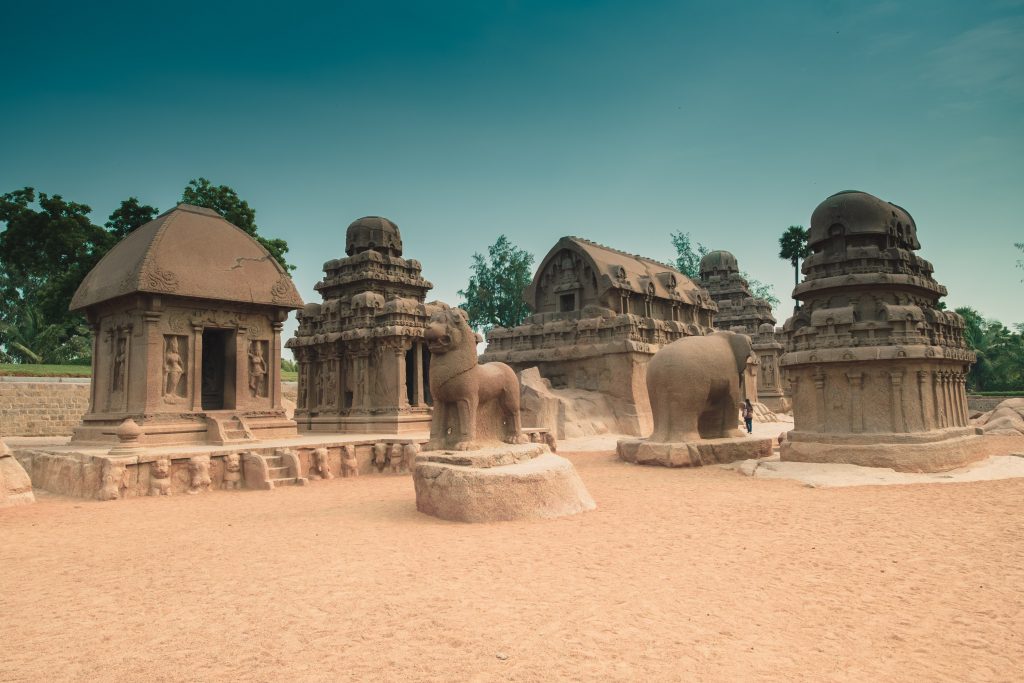
Travel Guide to India

Travel Guide to Indonesia
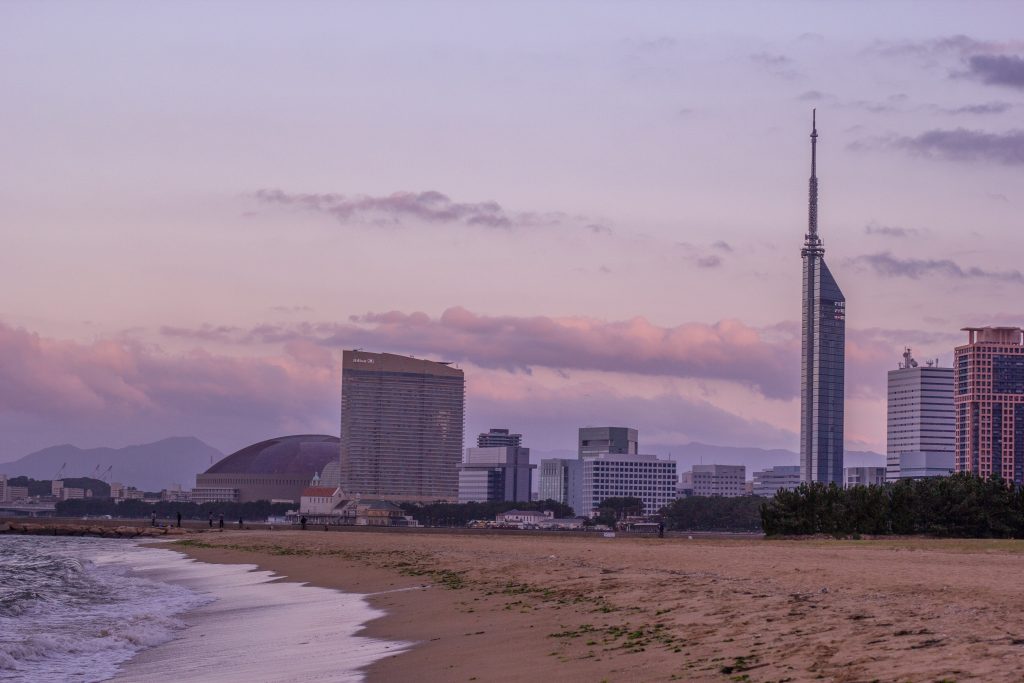
Travel Guide to Fukuoka

Travel Guide to Hakone
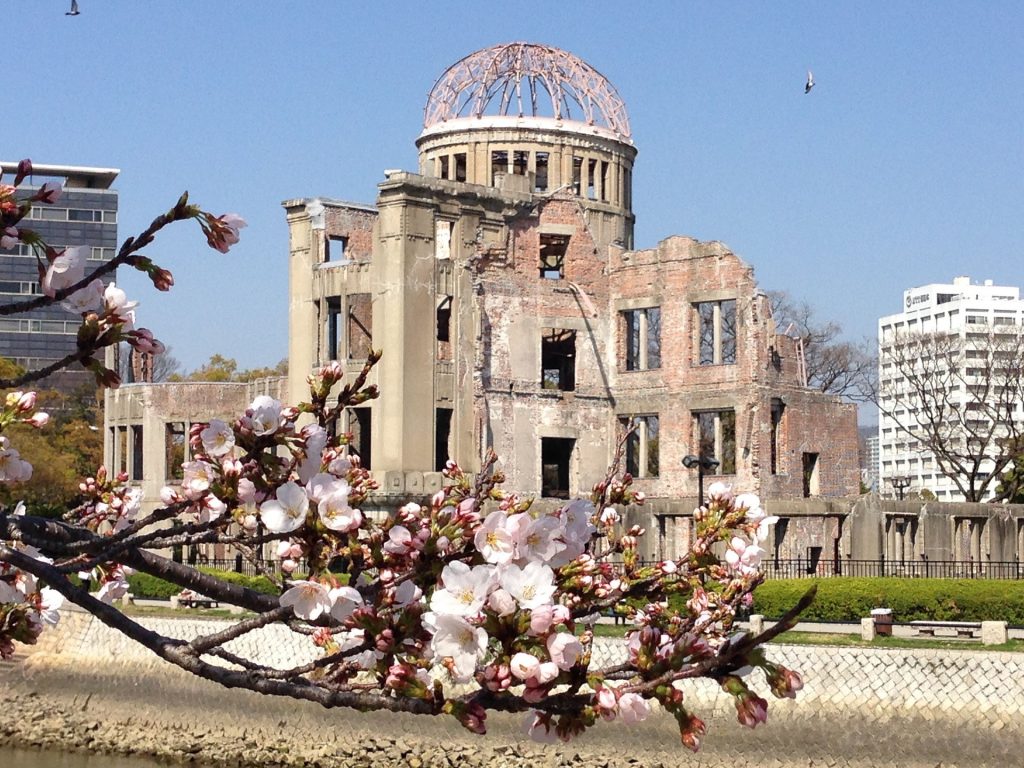
Travel Guide to Hiroshima

Travel Guide to Hokkaido
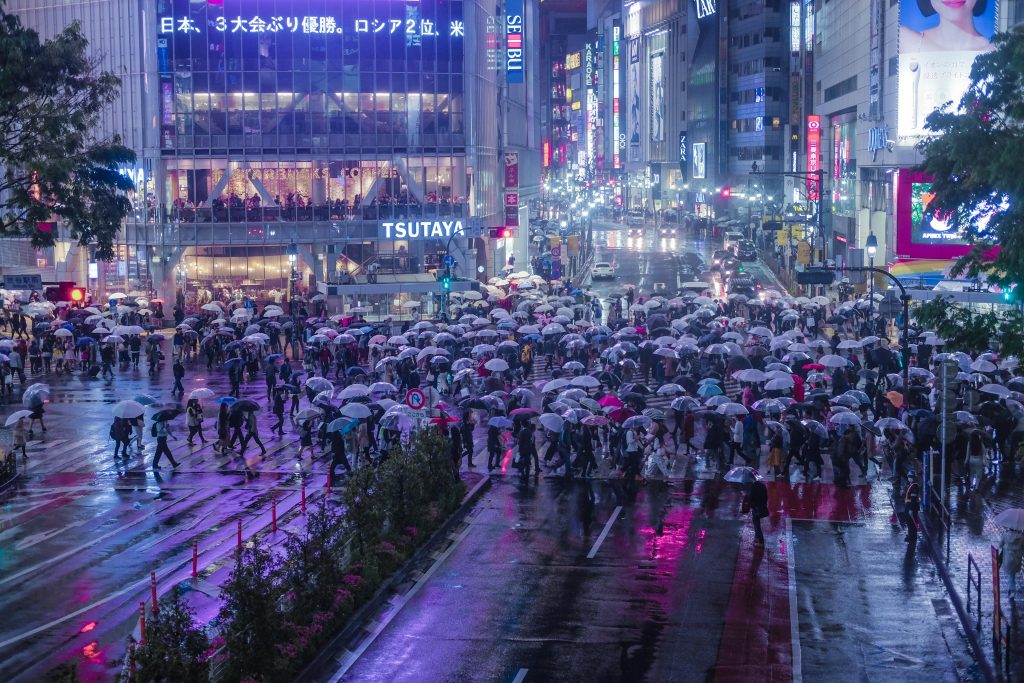
Travel Guide to Japan
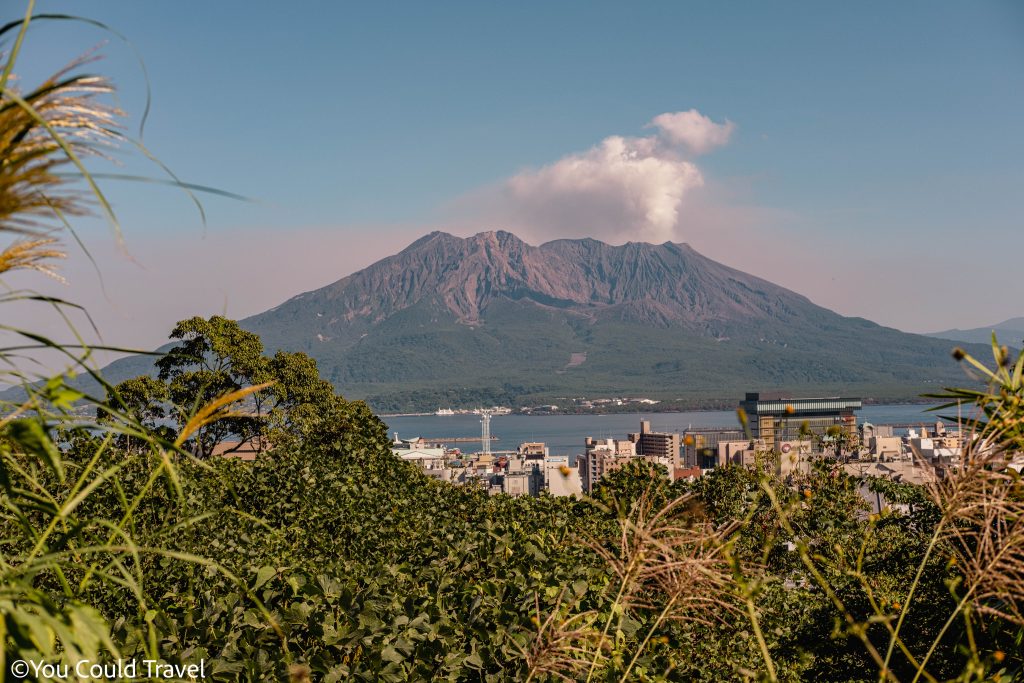
Travel Guide to Kagoshima
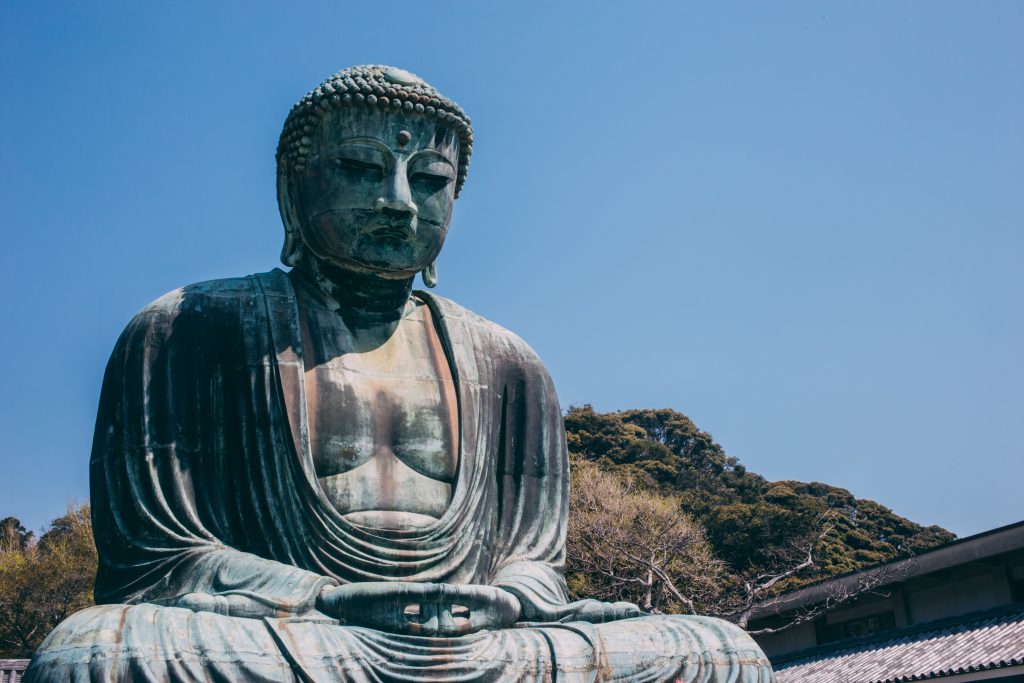
Travel Guide to Kamakura
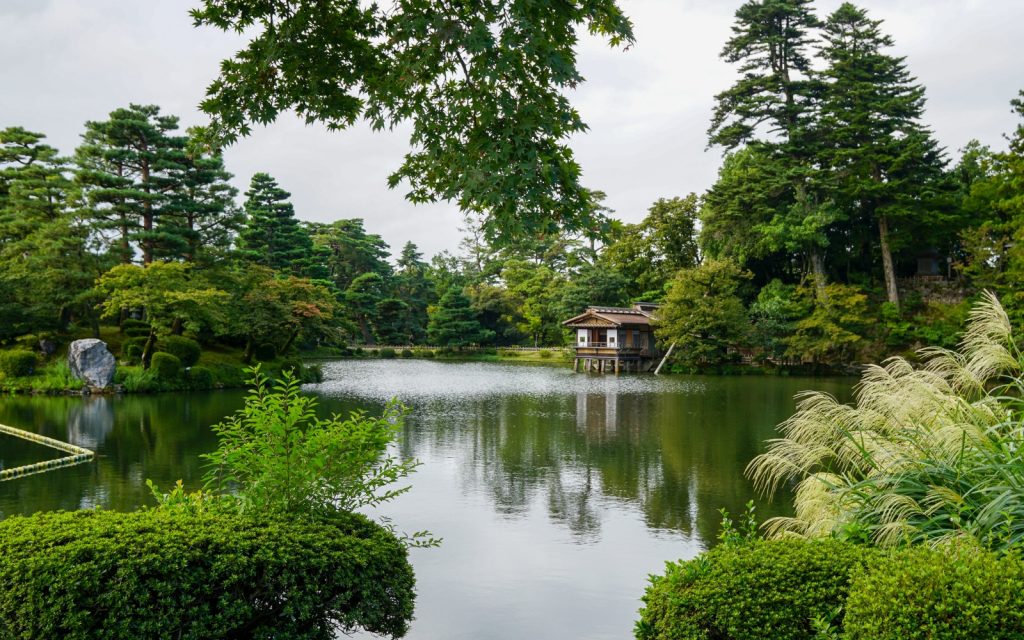
Travel Guide to Kanazawa
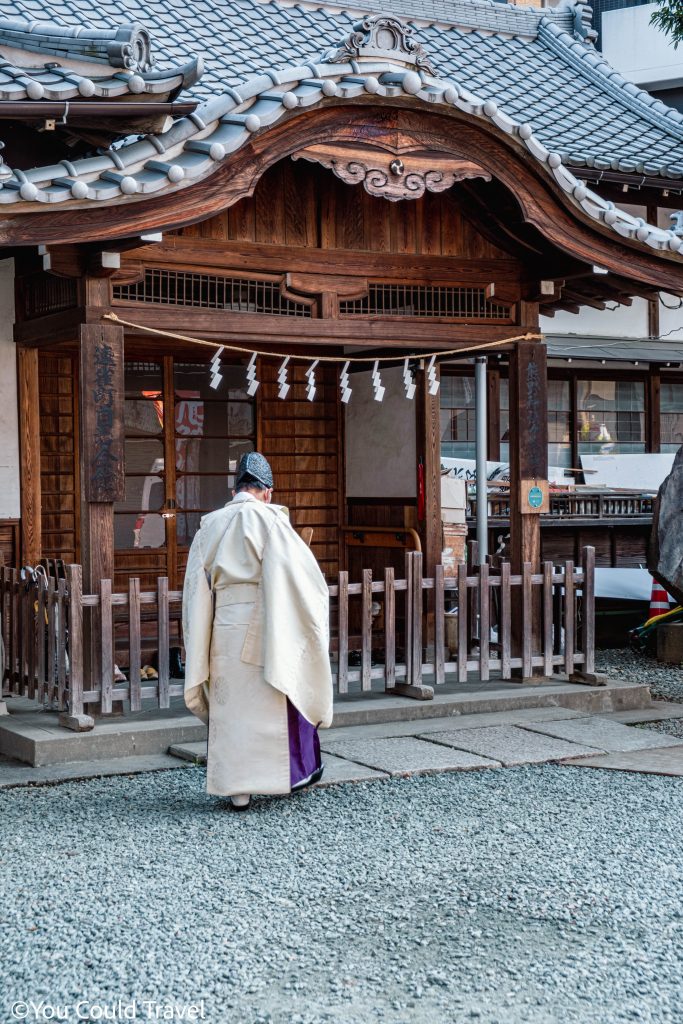
Travel Guide to Kawagoe

Travel Guide to Kobe
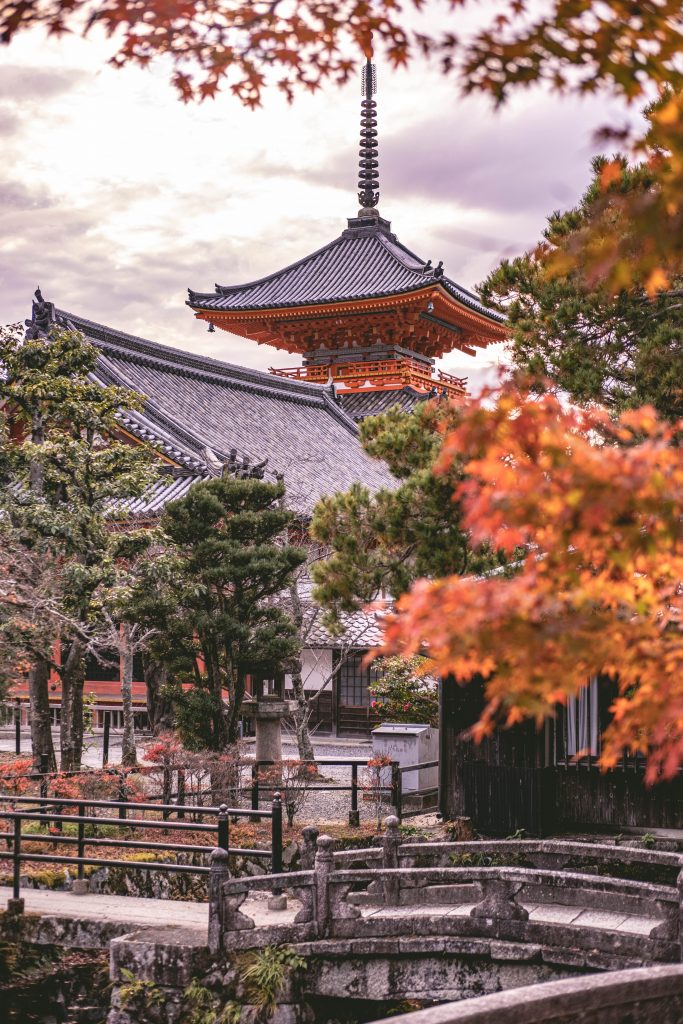
Travel Guide to Kyoto

Travel Guide to Mount Fuji
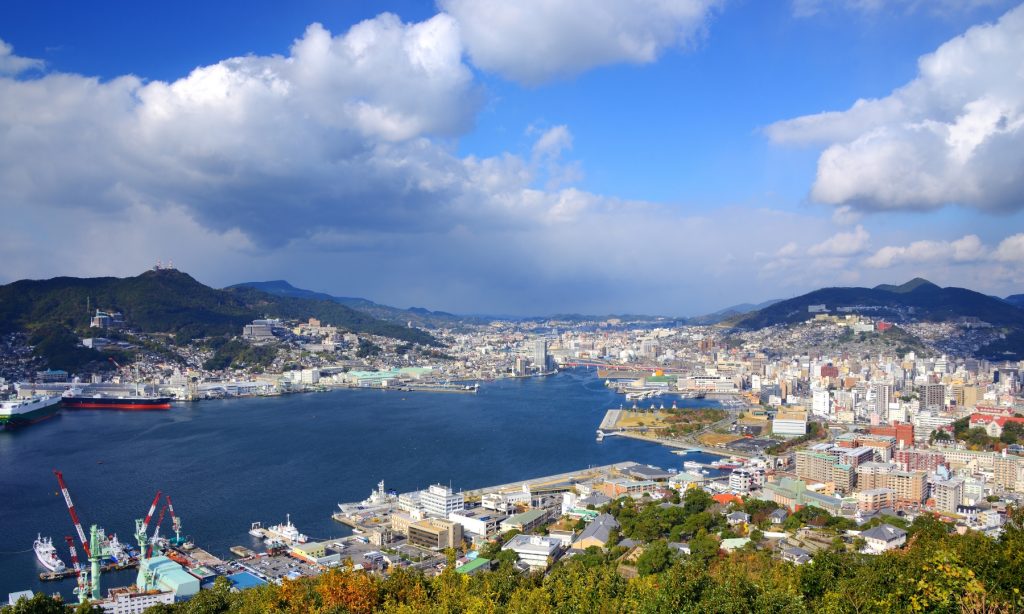
Travel Guide to Nagasaki

Travel Guide to Nagoya
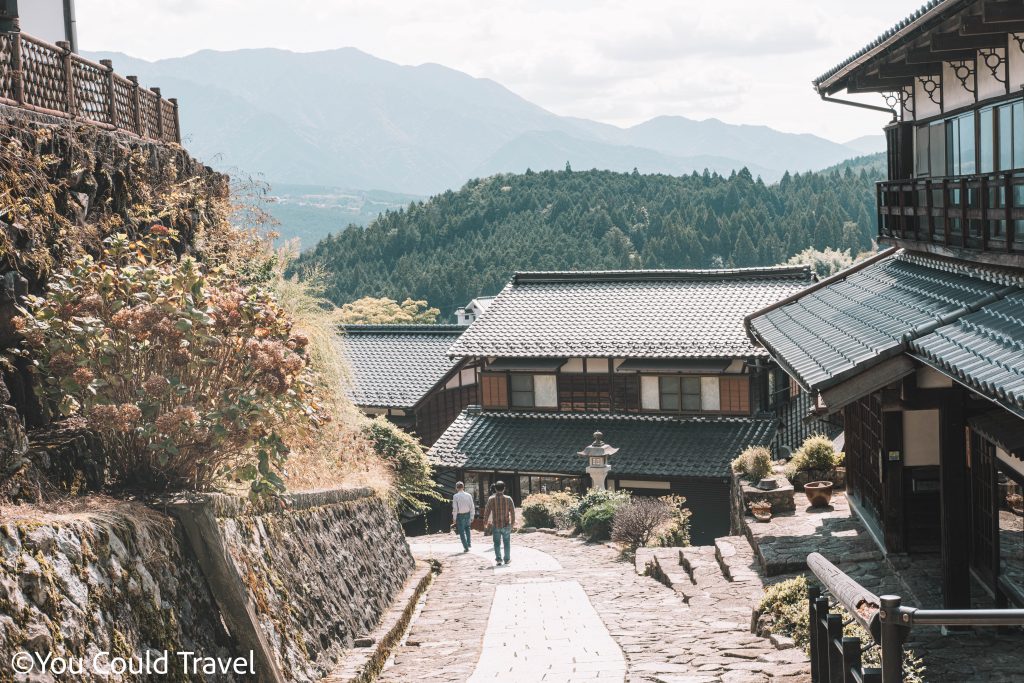
Travel Guide to Nakasendo
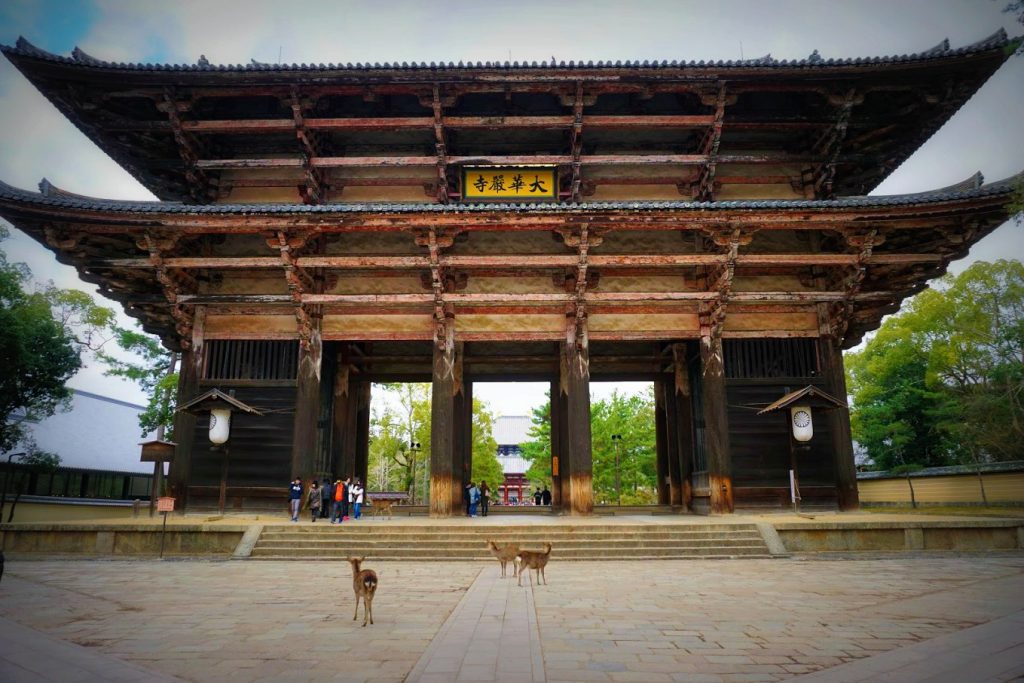
Travel Guide to Nara

Travel Guide to Nikko
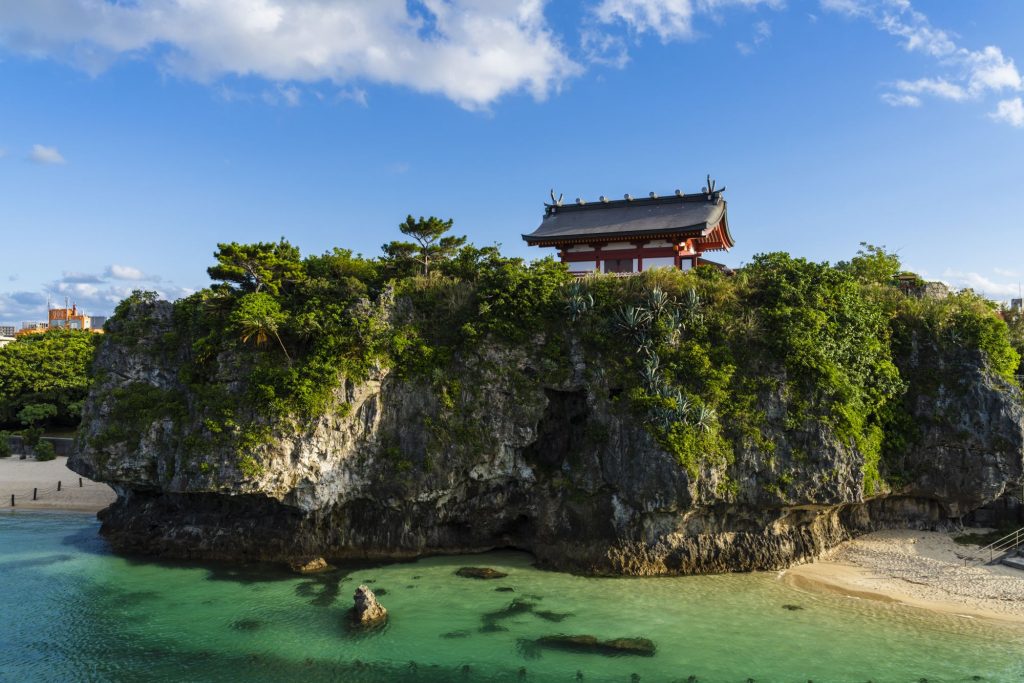
Travel Guide to Okinawa
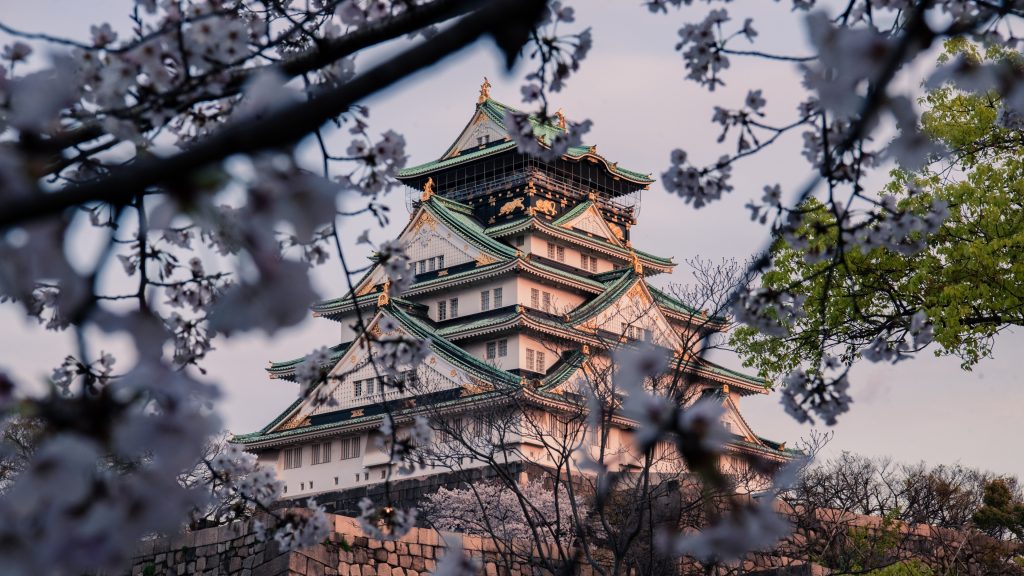
Travel Guide to Osaka

Travel Guide to Takayama

Travel Guide to Tokyo
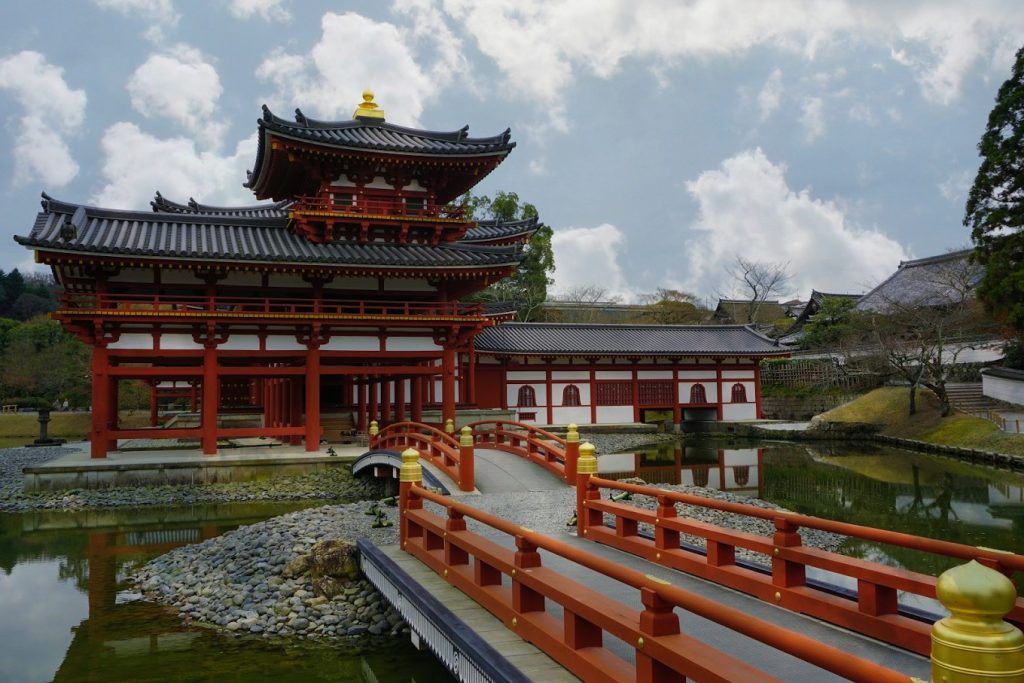
Travel Guide to Uji

Travel Guide to Yokohama

Travel Guide to Kyrgyzstan
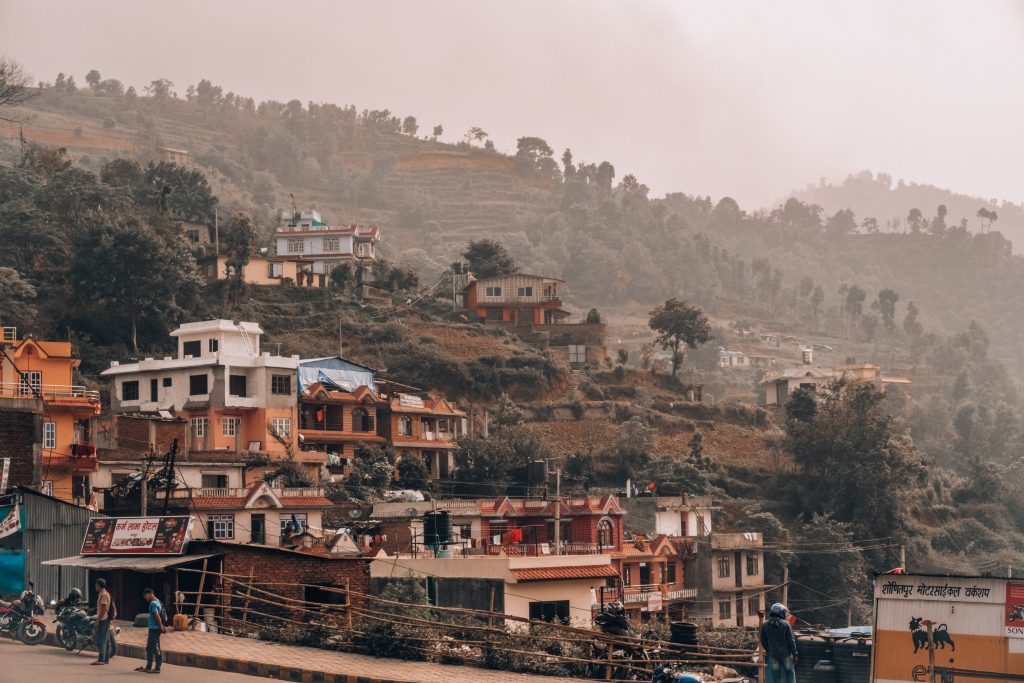
Travel Guide to Nepal
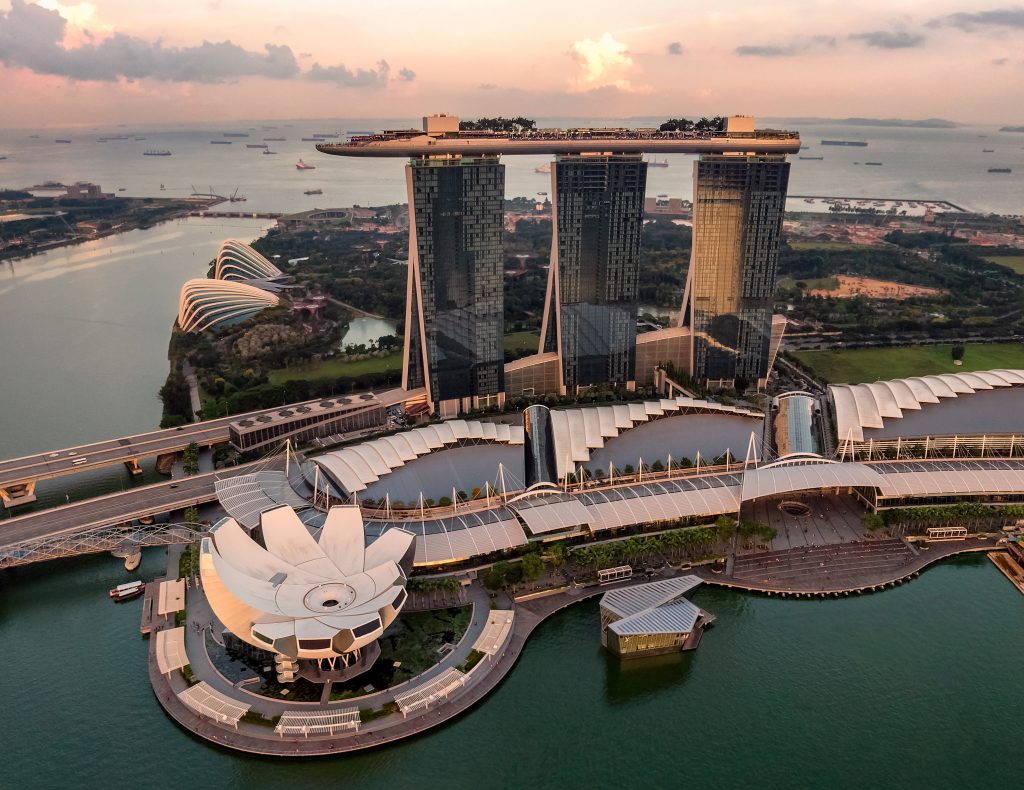
Travel Guide to Singapore

Seoul

Travel Guide to South Korea

Travel Guide to Taiwan
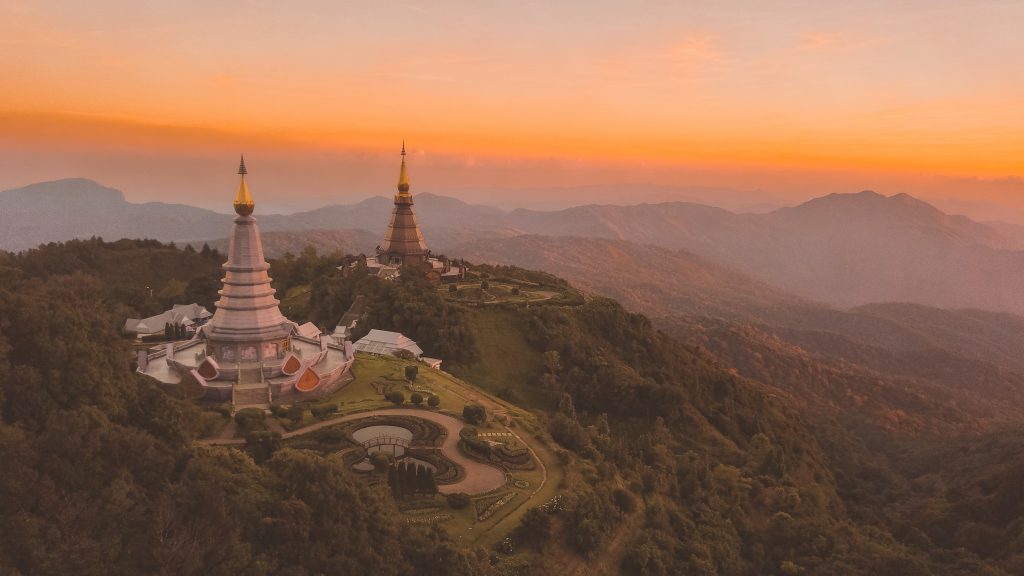
Travel Guide to Thailand

Travel Guide to Vietnam
If you love mountainous landscapes, Asia won’t disappoint. This continent is home to the Himalayan ranges, the Zagros Mountains, the Tien Shan Mountains, and more.
Another distinctive landscape that you will find in Asia is its cold deserts. One example of this is the Nubra Valley in India. Add to the list the famed Gobi Desert, the Arabian Desert, and the Thar Desert, among others.
When looking for gorgeous landscapes in Asia, you will also find plenty of plateaus, especially in India, Pakistan, Iran, and Afghanistan. Among the most popular ones are the Tibetan Plateau and the Deccan Plateau.
Finally, the continent features a massive collection of freshwater and saltwater formations. From bays like the Ha Long Bay to rivers and lakes like the Yangtze and Mekong River, all the way to the Persian Gulf, you can find them all here.
The cultural heritage of Asia is seen through its history, art, music, literature, religion, philosophy, and architecture. The cultural diversity of the continent, apart from its landscape and gastronomy, is one of the reasons why it is a favourite among tourists.
Due to the enormous size of the continent, there are different civilizations that have been established here over many centuries. For great architecture, you can visit the Taj Mahal in India or the Great Wall of China. If you want to immerse yourself in philosophy and religion, head to the Dambulla Cave Temples in Sri Lanka, the Shinto temples of Japan, or the Borobudur temples in Indonesia. And if you want a living cultural landscape, explore the rice terraces of Banawe in the Philippines.
Major Landmarks to Visit in Asia
Listing down all the best places or landmarks to visit in each Asian country is almost impossible, since there are so many fantastic options. We put together some of our favourites which, we think, should make it to your bucket list:
China – If there is one tourist attraction to visit in China, make that the Great Wall. This historic attraction is an ancient world wonder that stretches to more than 5,000 miles.
Japan – Mount Fuji is an active volcano that is located approximately 100 kilometres from the heart of Tokyo. It is the tallest peak in Japan measuring 3,776 meters. It is known as one of the three sacred mountains in the country and is a famous pilgrimage site.
Cambodia – Angkor Wat is hands-down the must-see attraction in Cambodia. This is a temple complex and is known as one of the world’s largest religious monuments. When it was built during the Khmer Empire, it was a Hindu temple but was later transformed into a Buddhist temple.
India – The most famous attraction in India is the Taj Mahal. This is a mausoleum made of ivory-white marble, and it is located along the south bank of the Yamuna River in Agra.
Thailand – The Grand Palace is the most notable landmark in the capital of Bangkok. This palace has served as the official residence of the King since the late 18th century. It is also home to the royal government offices and court.
Know Before You Go
Asia is a continent known for its natural beauty, history, and cultural heritage. There are many exciting things to see and do, no matter where you choose to go on the continent. But here is a list of things to know before you go so you can have a pleasant experience:
- Asia is still a largely cash-based economy. While there are plenty of countries that have a modern cashless payment system, a large portion of the continent still relies on cash. So, it is a good idea to bring cash with you wherever you go, especially smaller bills. Not all restaurants accept credit cards. You can find plenty of ATMs that you can use to dispense cash when you travel.
- Asia can get really humid. The summers are extremely hot. If you are not used to this type of weather, it is important to plan your visit beforehand. Avoid visiting Asia during the peak of summer if you would rather not deal with the heat. Always pack sunscreen, a hat, and water wherever you go.
- Do not carry foreign currency with you. When you leave a country in Asia, it is recommended that you exchange money into your currency. Many countries in Asia impose strict penalties against tourists who carry large amounts of the local currency when they leave.
- Always bring insect repellent with you. Mosquitos are a problem in most Asian countries, especially in tropical regions.
Best Time to Visit
The key to enjoying your travel to Asia is to time your visit. Since Asia is so vast, it is essential to do research beforehand on your specific destination. The climate and seasons can vary largely as well, depending on where you intend to go. In general, you want to avoid travelling to Asia during the monsoon season.
You can use this guide on the geographical subregions in Asia to know when to go:
- Central Asia – The best time to visit the Central Asia region is anywhere from April to May and July to October. It varies depending on the specific country you visit.
- South Asia – The best time to visit South Asia is from November to February. When you visit this time of the year, expect drier and cooler weather.
- Southeast Asia – The best time to go to Southeast Asia is from January to March and June to September. You can avoid the hottest and wettest months of the year.
- East Asia – The best time to visit East Asia is from February to early April. This will ensure moderate weather as spring starts and before April showers begin.
- Western Asia – The best time to visit Western Asia is from April to May and September to mid-November. You can expect mild temperatures that are neither too hot nor too cold.
What to Expect
As mentioned above, Asia is a diverse continent with many regions to visit. And as such, there will be different customs and traditions for each country. Take time to learn about these subjects so you can easily blend in.
Asian people are generally very hospitable and welcoming. Many countries rely on tourism as a major component of their economy, so you’ll be treated to a warm welcome wherever you go.
Learn about each country’s cultures and traditions before visiting. Some Asian countries will be deeply religious, so it’s important to always respect people in the host country. In Japan, for example, tipping is not expected, whereas in other Asian countries it is expected. In Japan, manners and etiquette at the dinner table are vastly different from the ones in India, for instance, where people use their right hand to eat with.
Latest Articles about Asia
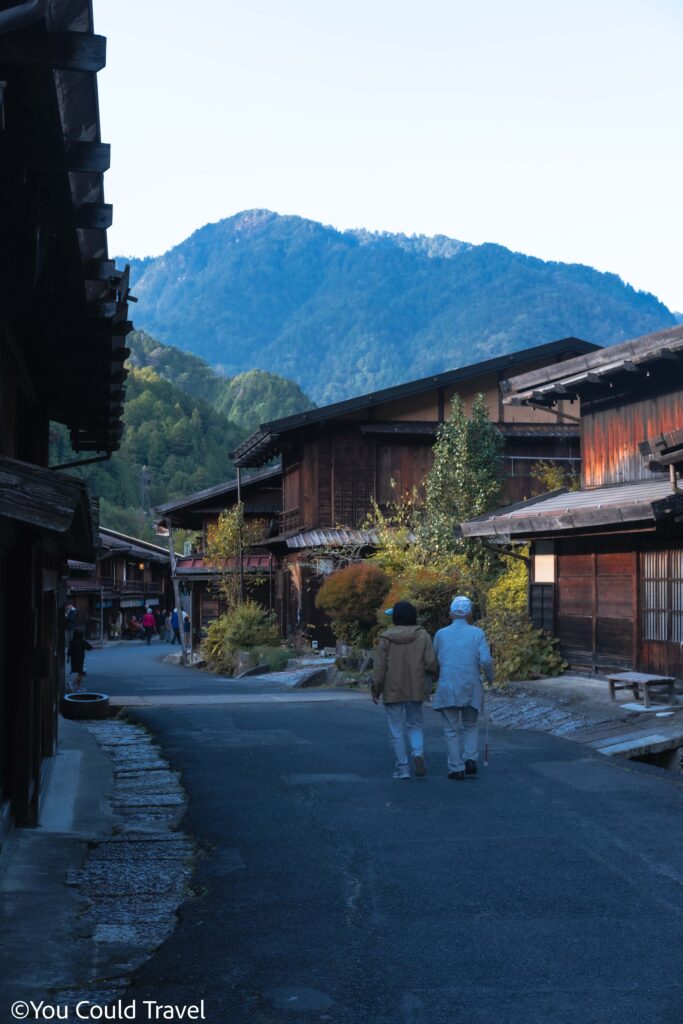
Magome Tsumago Trail

So Desu Ne Meaning
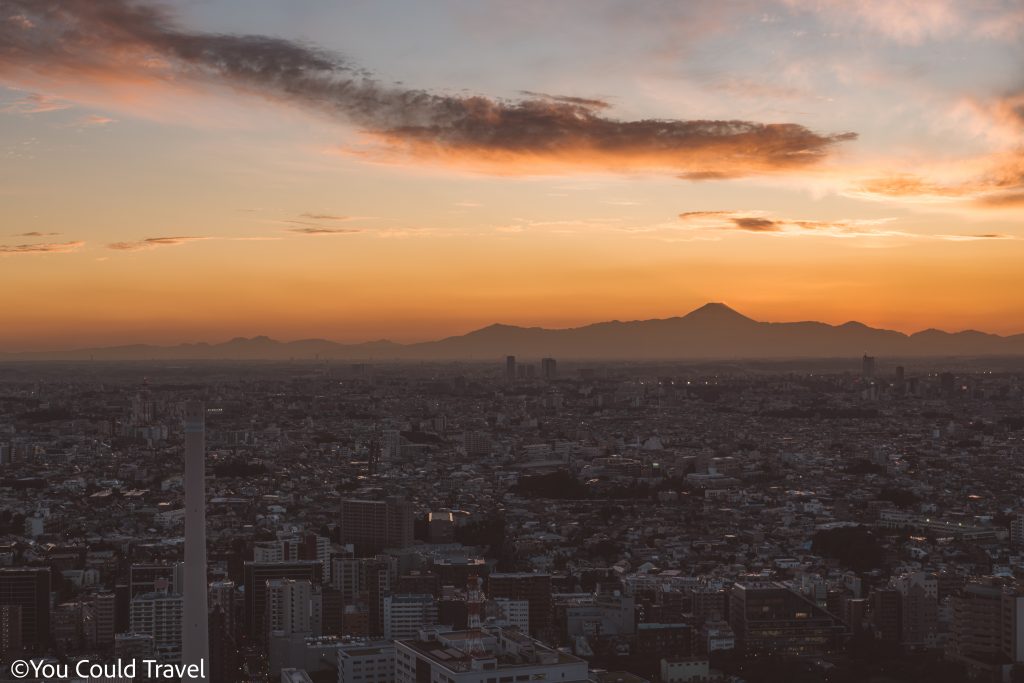
Best time to visit Tokyo

Things to do in Kanazawa

Hiroshima to Miyajima Day Trip Itinerary

2 day Kagoshima Itinerary

Things to do in Kagoshima

Japan to Launch Digital Nomad Visas in March 2024
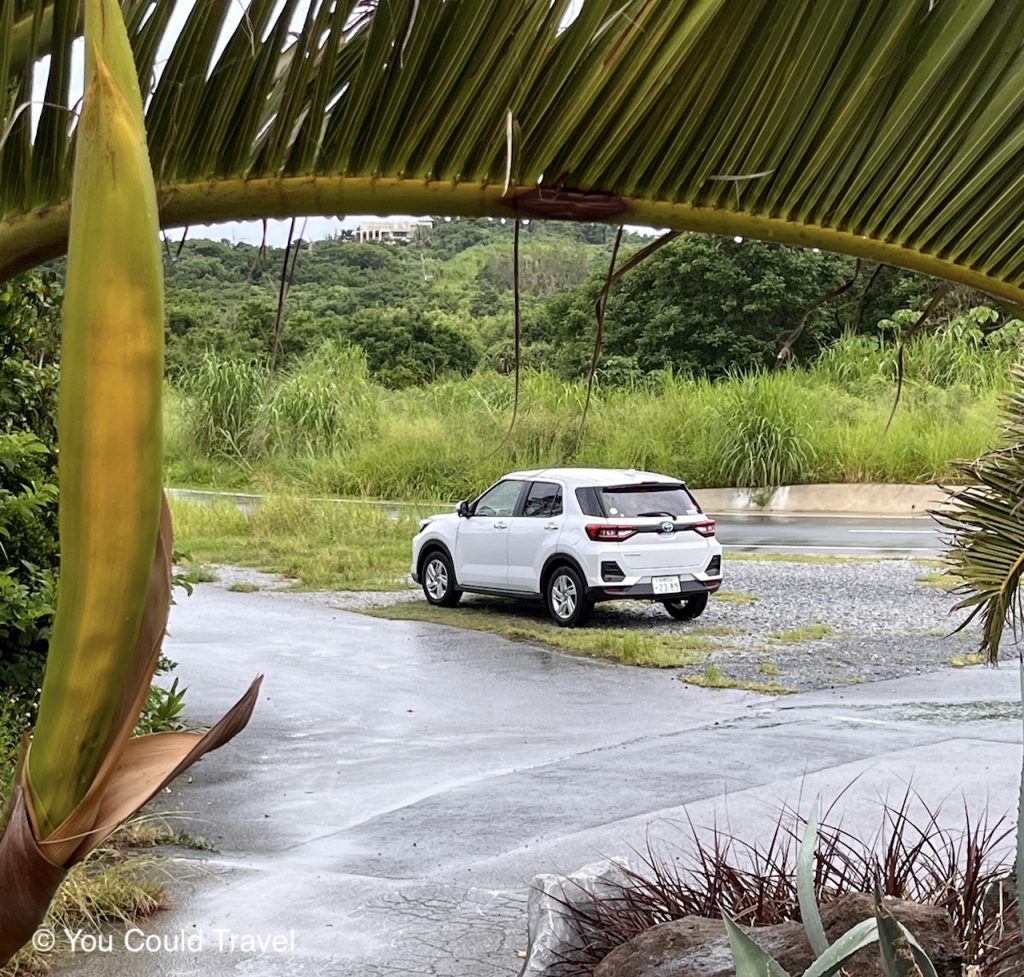
Renting a car in Okinawa

Introduction to Japan Cinematography
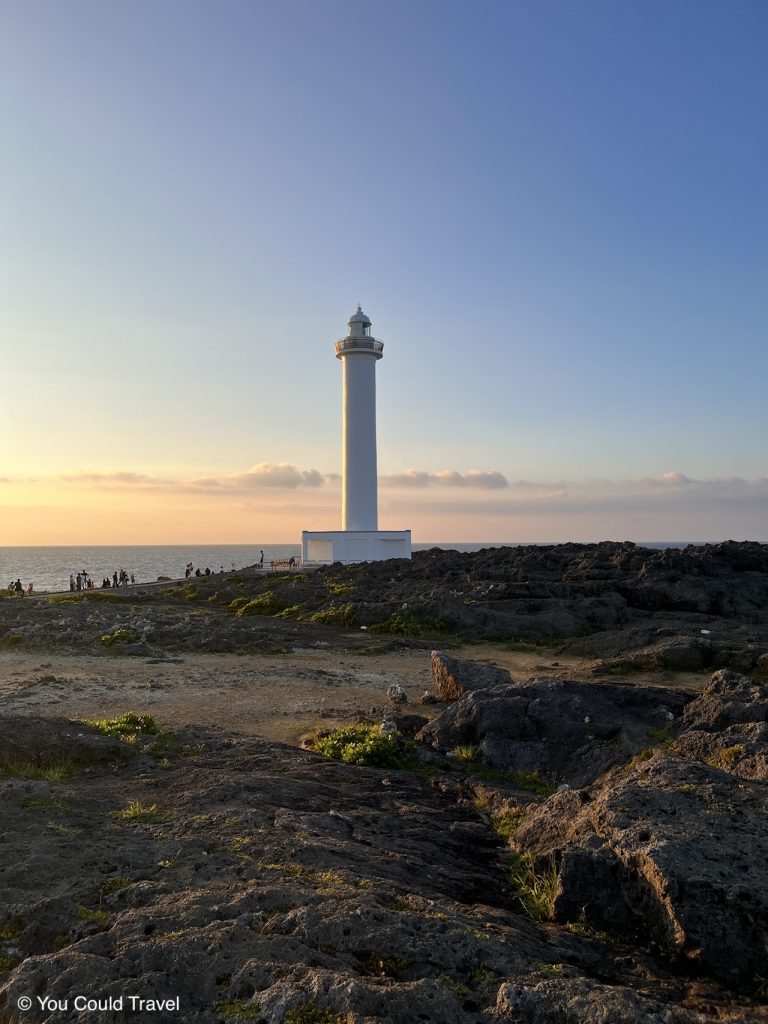
Cape Zanpa Lighthouse

Perfect trip to Okinawa World

What to eat in Okinawa
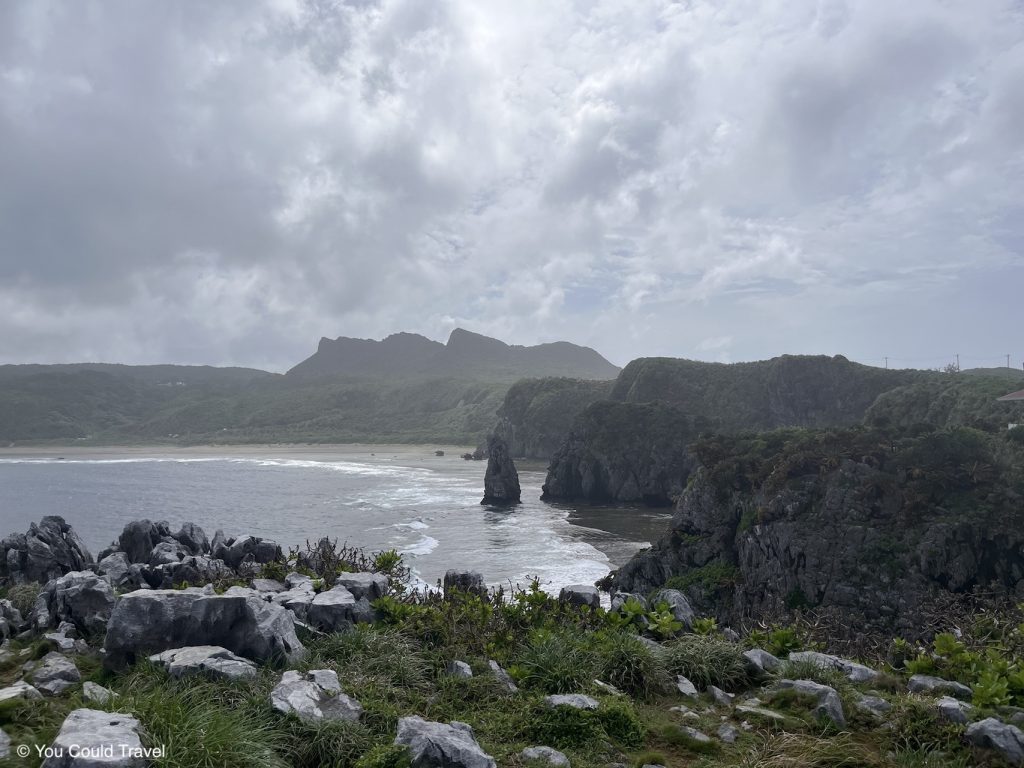
Guide to Cape Hedo Okinawa
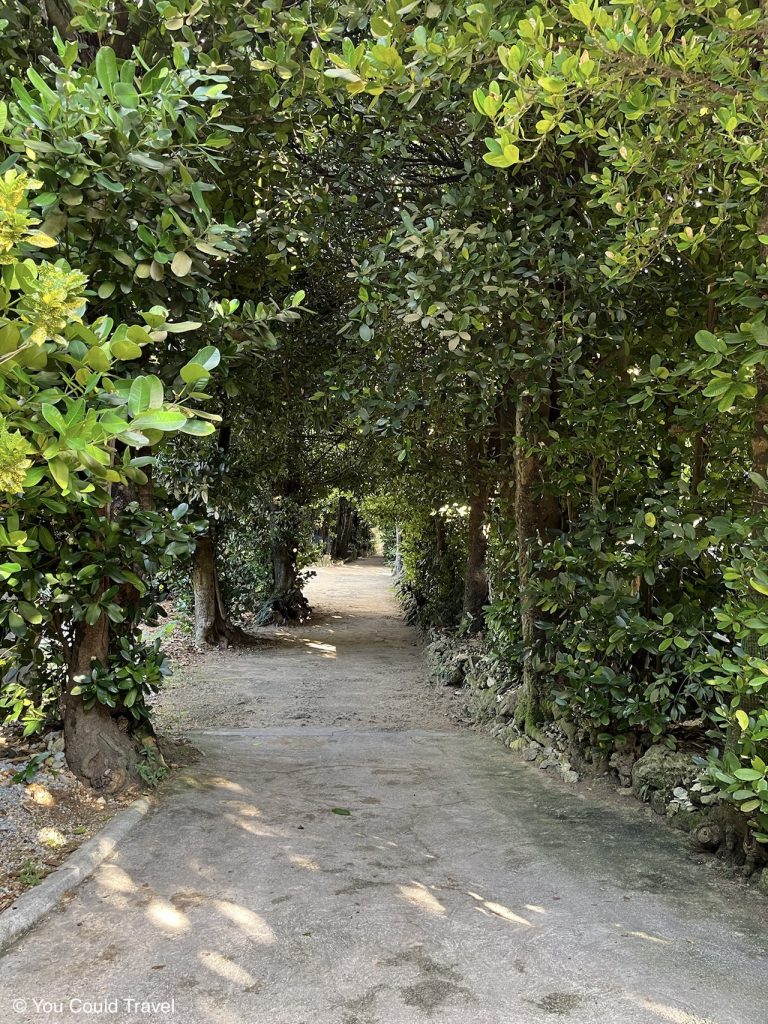
Bise Fukugi Tree Road

Discovering Gyokusendo cave

5-day Okinawa Itinerary
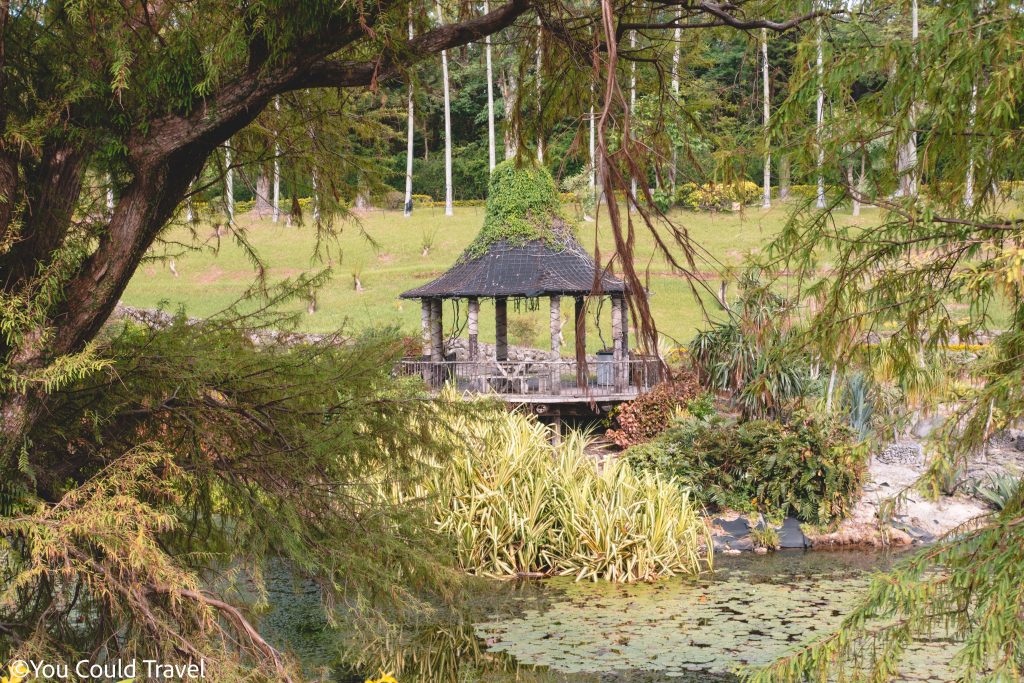
Okinawa Southeast Botanical Gardens
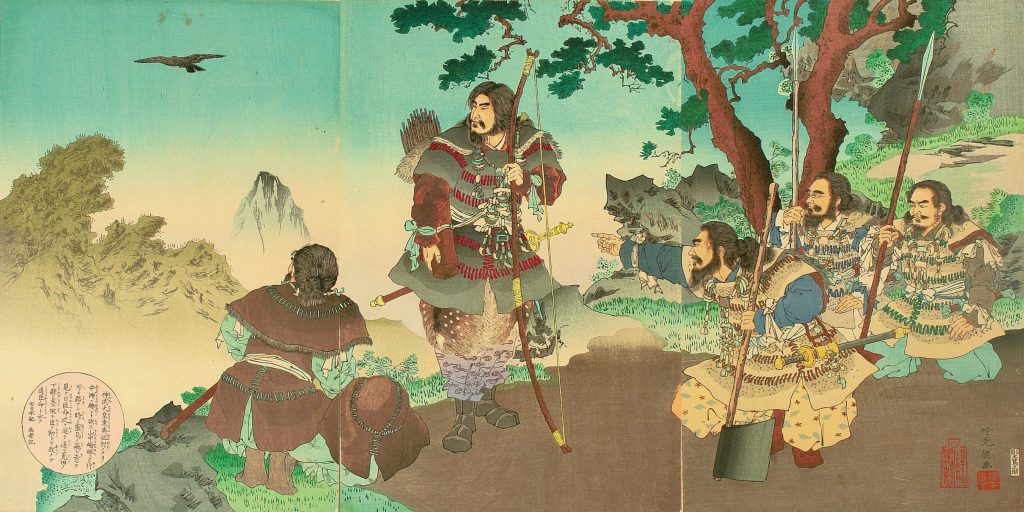
8 Beautiful Japanese Legends

Things to do in Harajuku

The Perfect Kawagoe Day Trip
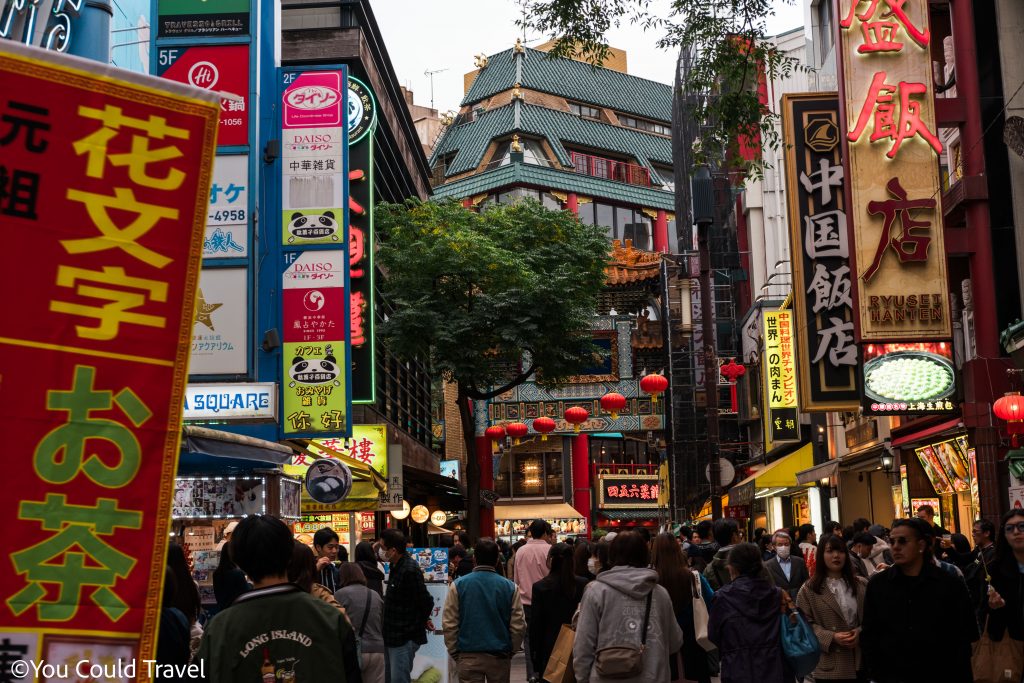
1 Day Yokohama Itinerary

Kamakura day trip from Tokyo

Guide to Enoshima Island

Magome Juku, Japan

Complete Shibuya Area Guide

Tokyo Saryo Experience

Best High Tea in Tokyo
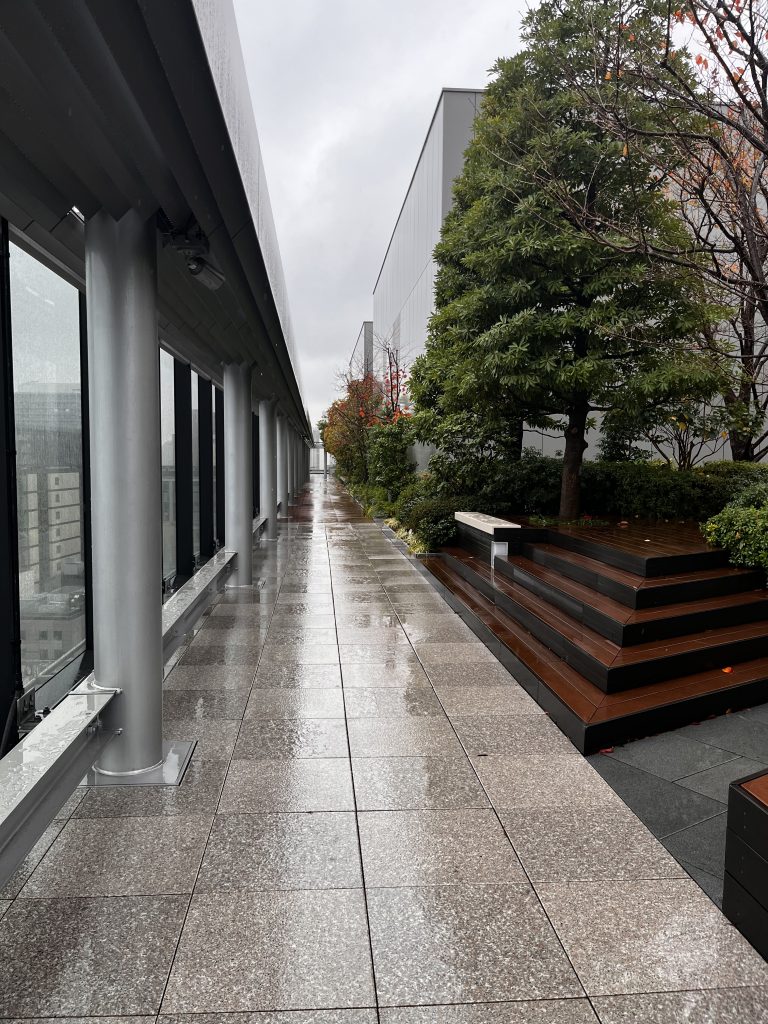
Ginza Six Rooftop, Tokyo

Sakurai Japanese Tea Experience

Ogawa Coffee Laboratory

